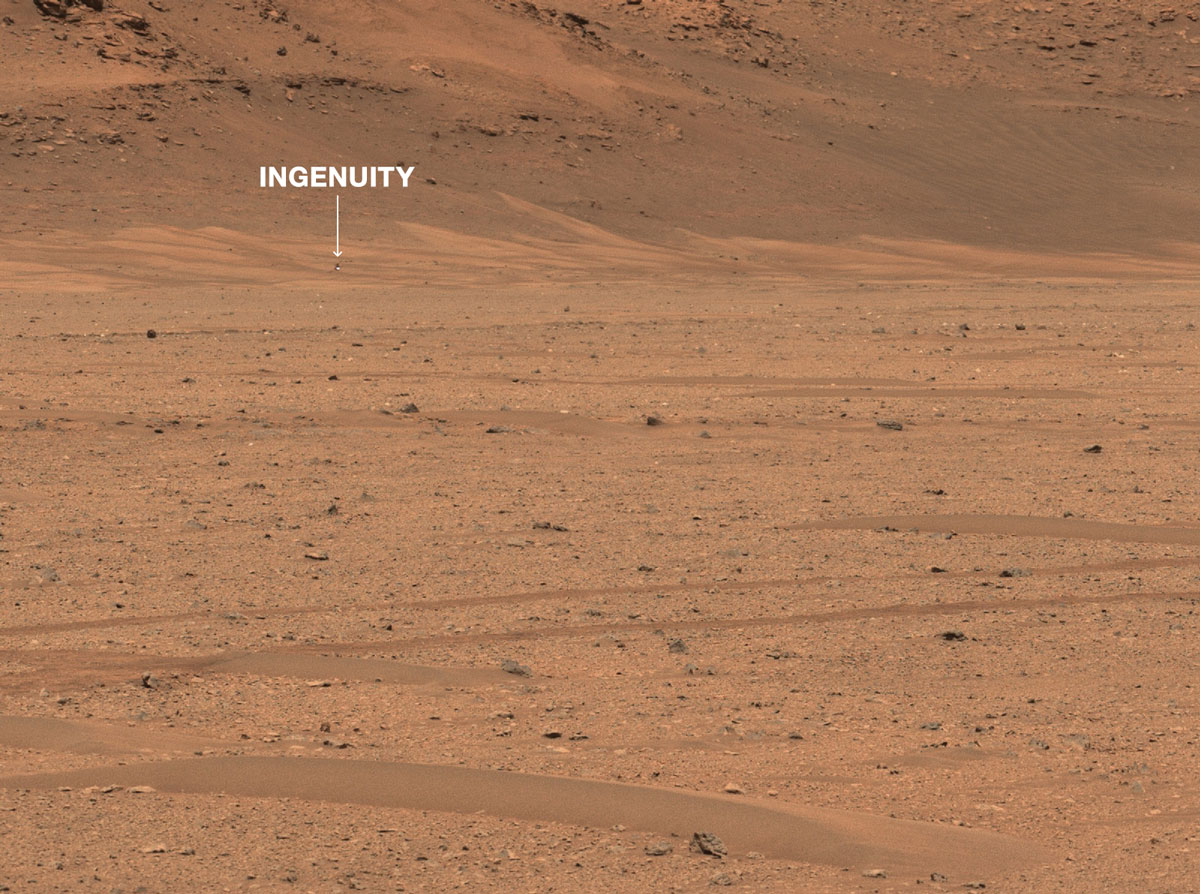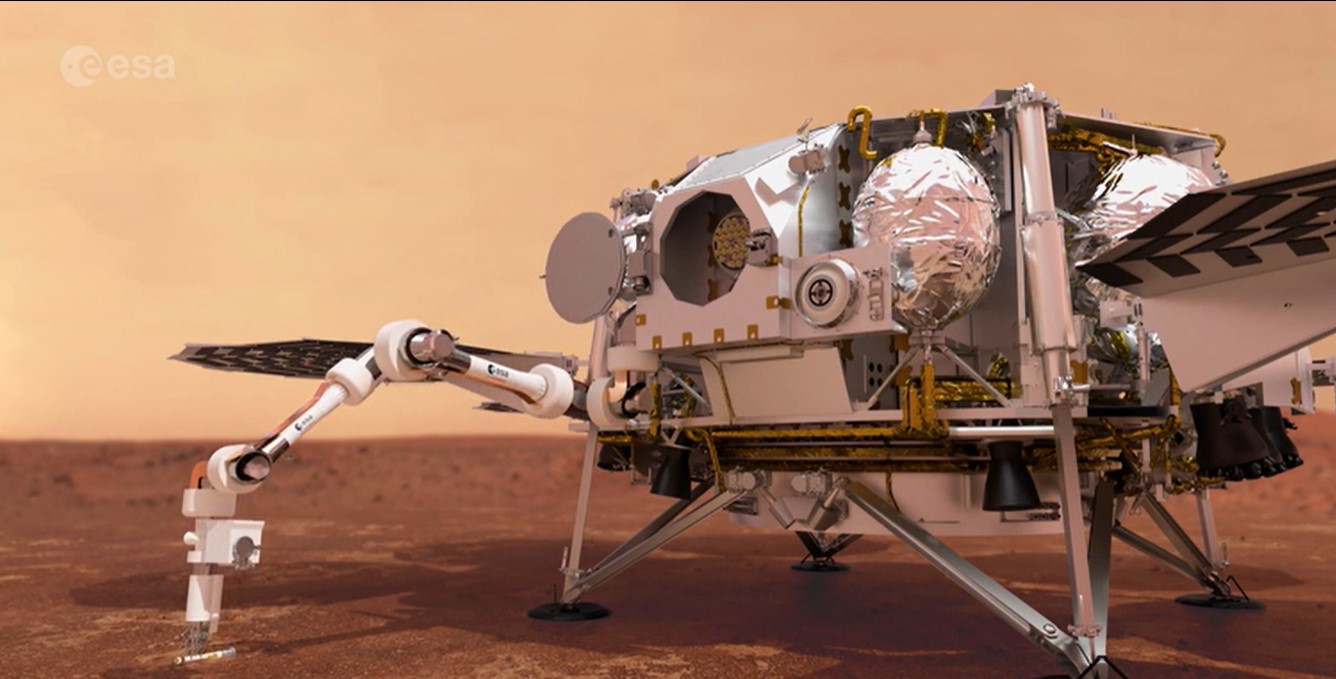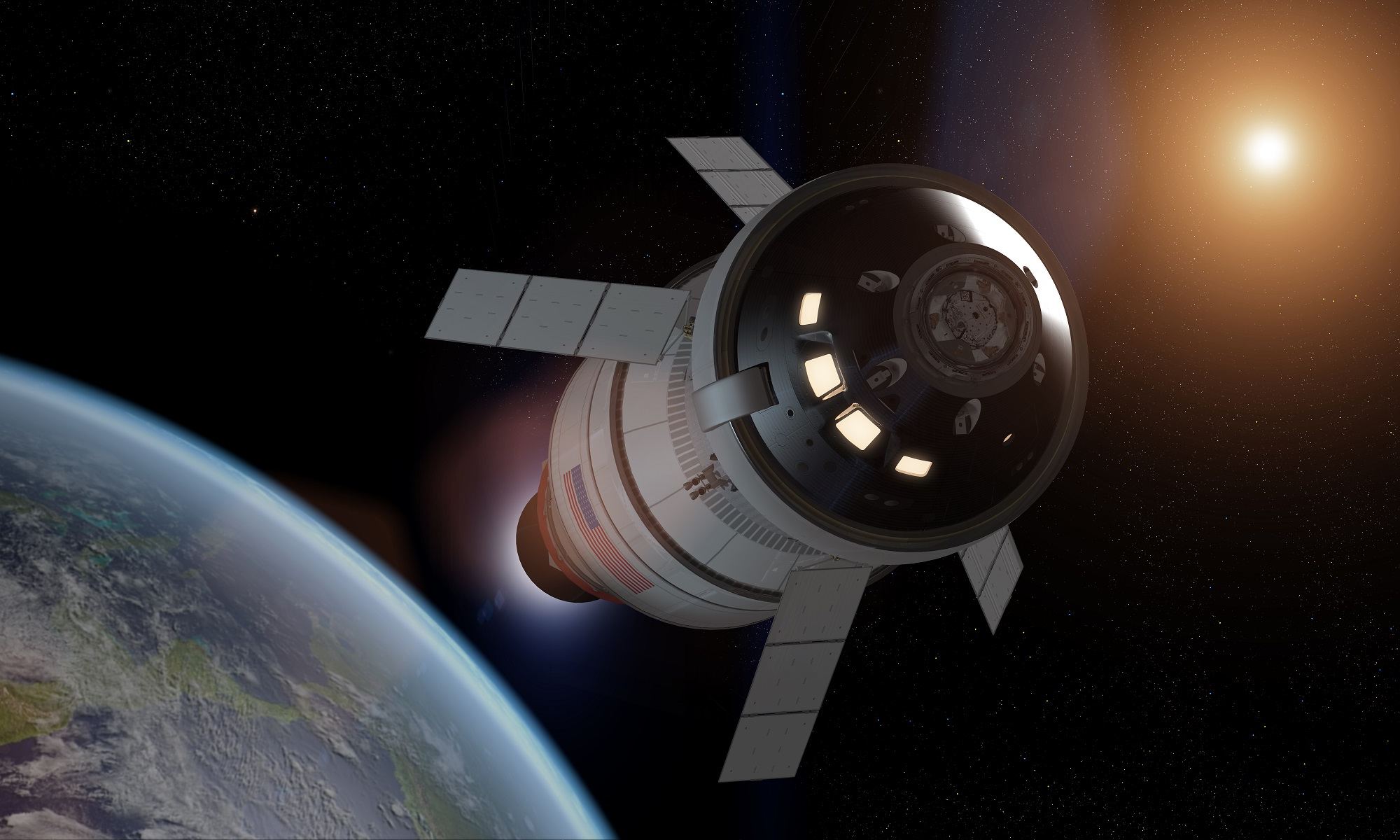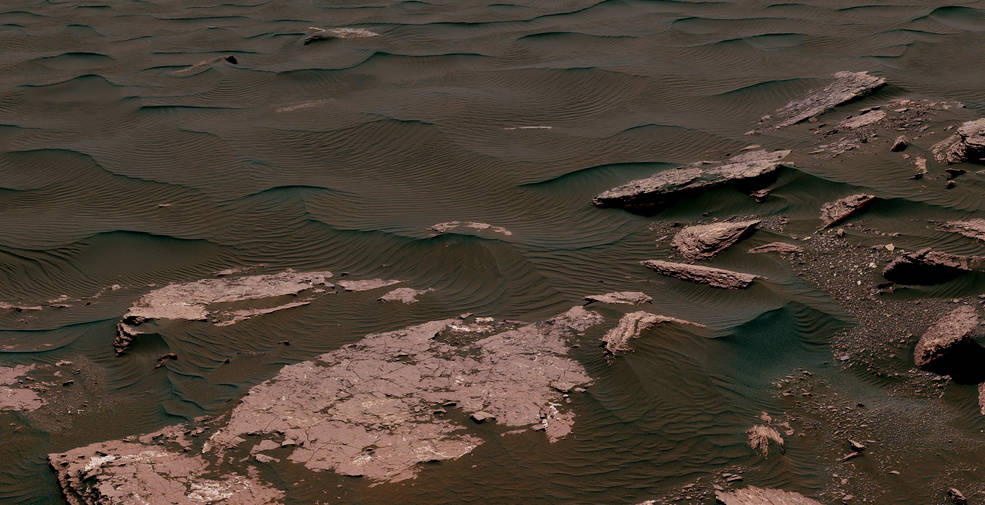Exploring Mars is hazardous work. Robotic missions that are sent there have to contend with extreme temperatures, dust storms, intermittent sunlight, and rough terrain. In recent years, two robotic missions were lost due to dust alone, and all that roving around has done a number on the Curiosity rover’s treads. It’s understandable why mission teams are pleasantly surprised when their missions make it through a rough patch. This was the case with the Ingenuity team when they discovered that the rotorcraft, which has been exploring Mars alongside Perseverance, survived the night and is back in working order.
Testing how robotic helicopters fair in the Martian environment is one of the objectives of Ingenuity, which is the first mission of its kind on Mars. On May 3rd, 2022, the mission team learned that Ingenuity had lost power after trying to keep itself warm during the cold Martian night. Luckily, there was enough sunlight the following morning for the little rotorcraft to power up its batteries again and resume normal operations. This was a welcome relief, given that the Opportunity rover and InSight lander were both lost to the extreme cold and dust that characterize a Martian winter.
Continue reading “Ingenuity is Doing Surprisingly Well”









